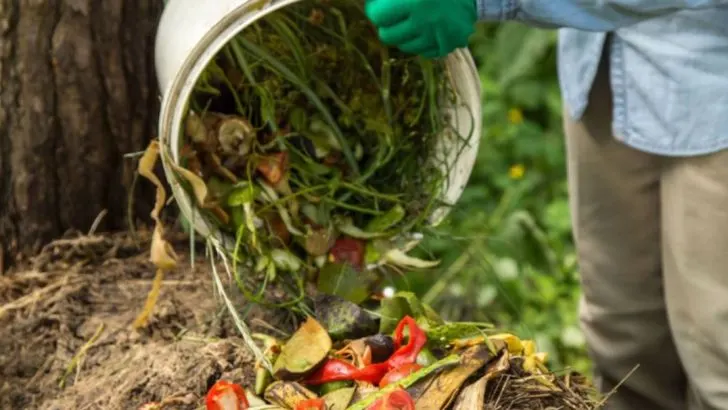Not all compost is created equal—and if you want rich, living soil, fungi should be at the heart of your pile. While many gardeners focus on bacteria-driven compost, building a fungi-friendly pile unlocks deeper nutrient cycling and long-term soil health.
Fungal networks break down tougher organic matter, improve soil structure, and foster resilient plant roots. With a few simple tweaks—like adding the right materials and adjusting moisture—you can encourage fungal growth and create compost that truly feeds your garden.
In this article, learn how to build a fungi-friendly compost pile—and why your soil (and plants) will thank you for it.
Choose the Right Materials
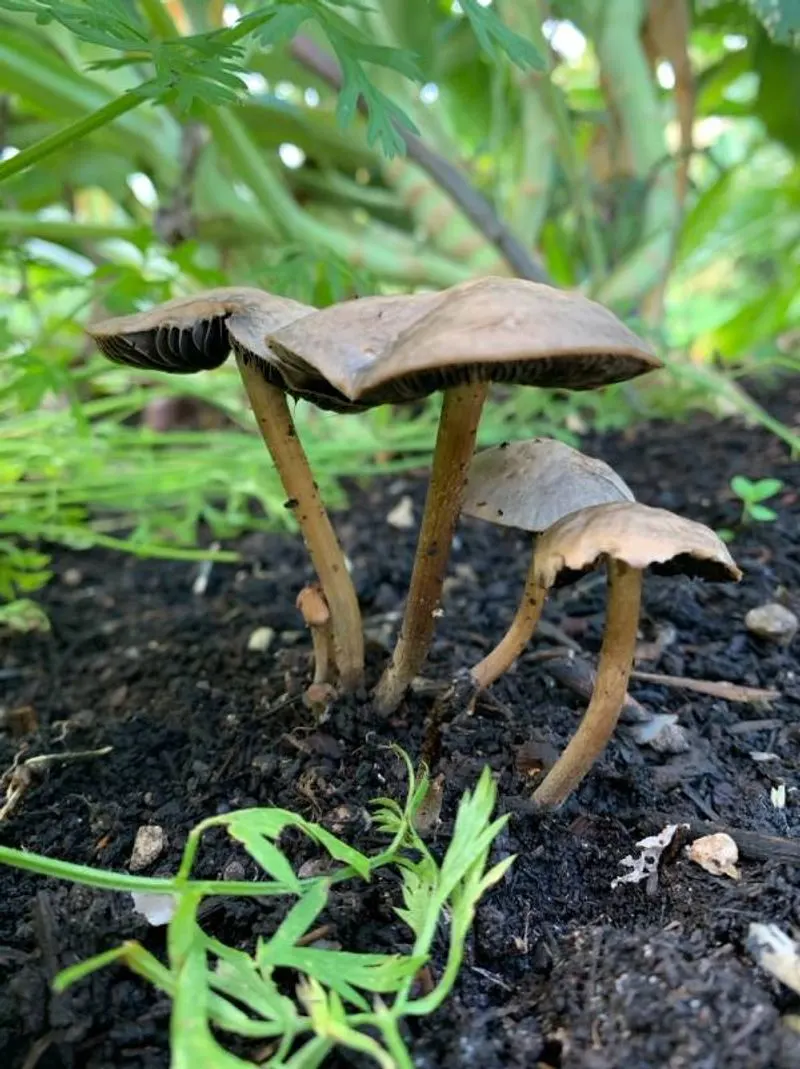
Begin with materials that fungi love. Brown matter such as dry leaves, wood chips, and straw are ideal choices. These carbon-rich ingredients provide the fibrous structure that fungi thrive on. Unlike green matter, which primarily supports bacterial activity, brown materials offer a tough texture for mycelium to colonize.
The choice of materials influences the microbial community in your compost. By focusing on browns, you create an environment where fungi can outcompete bacteria. Over time, this leads to a richer, more balanced compost. Remember, diversity is key, so include a mix of different brown materials for best results.
Maintain Moisture Levels
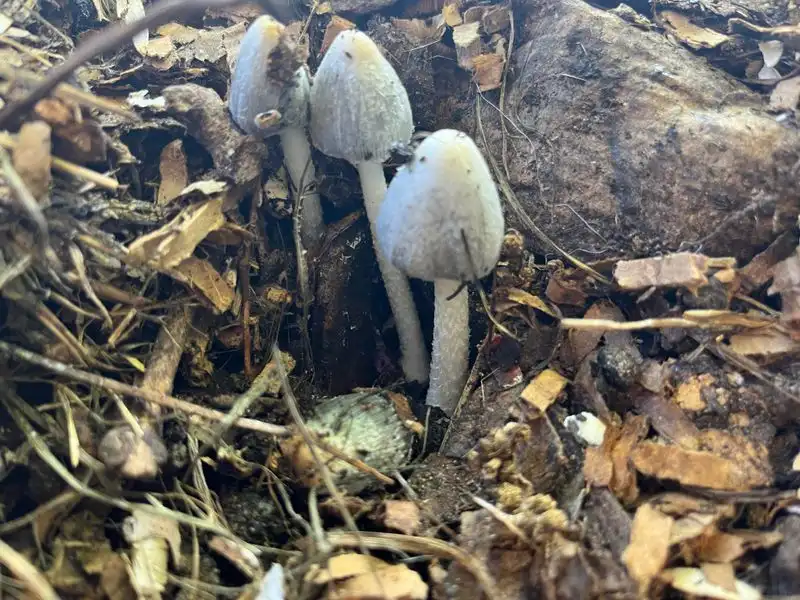
Moisture management is crucial for fungal success. Unlike bacteria, fungi can tolerate drier conditions, but they still need adequate moisture to thrive. Aim for a consistency similar to a wrung-out sponge to ensure optimal growth.
Regularly check and adjust the moisture by adding water during dry spells or incorporating dry materials if it’s too wet. This balance helps maintain the aerobic conditions that fungi prefer. A compost pile that’s too soggy can lead to anaerobic conditions, inhibiting fungal activity.
Striking the right moisture balance supports a robust fungal network and accelerates decomposition.
Layer Strategically
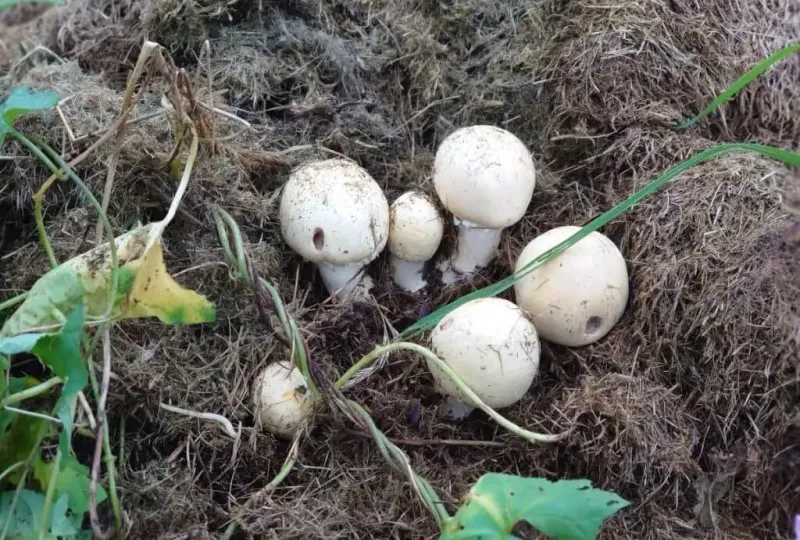
Layering isn’t just for aesthetics; it’s a strategic way to boost fungi growth. Alternating layers of brown and green materials creates air pockets and moisture channels, crucial for mycelium development.
Start with a base layer of coarse browns to promote air circulation, then add a thin layer of greens. Repeat the process, ensuring each layer is adequately moist. This method encourages fungi to colonize the pile more effectively.
By varying the composition and structure of each layer, you allow different fungal species to flourish, enhancing the overall decomposition process.
Use Fungi Inoculants

To give your compost a head start, consider using fungi inoculants. These products are packed with beneficial fungal spores that jumpstart the decomposition process. Sprinkle the inoculant over the compost layers as you build the pile.
Inoculants can be store-bought or homemade, using materials like mushroom spores or forest soil. They introduce diverse fungal strains, increasing the pile’s resilience against pests and diseases.
This step can significantly enhance the breakdown of tough organic matter, leading to richer and more nutrient-dense compost. It’s an investment that pays off in healthier soil.
Monitor Temperature Regularly
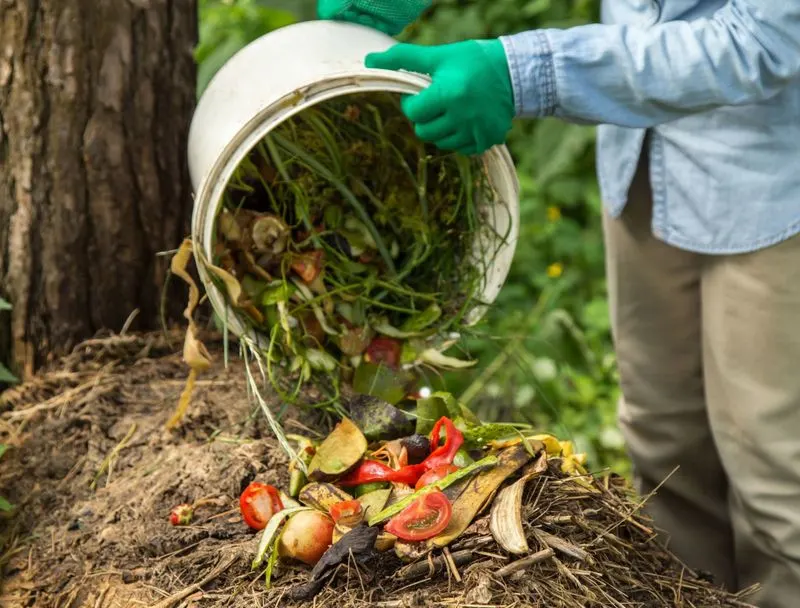
Temperature is a telling indicator of your compost’s health. Fungi thrive in cooler temperatures compared to bacteria, usually between 40-70°F. Regular monitoring with a thermometer helps maintain this range.
If the pile gets too hot, it may favor bacteria over fungi. Turning the pile can help regulate temperature and aerate the compost, encouraging fungi to flourish.
Maintaining an optimal temperature ensures that fungi can decompose organic matter efficiently. It’s a delicate balance, but one that leads to a rich, well-decomposed end product.
Add Woody Debris
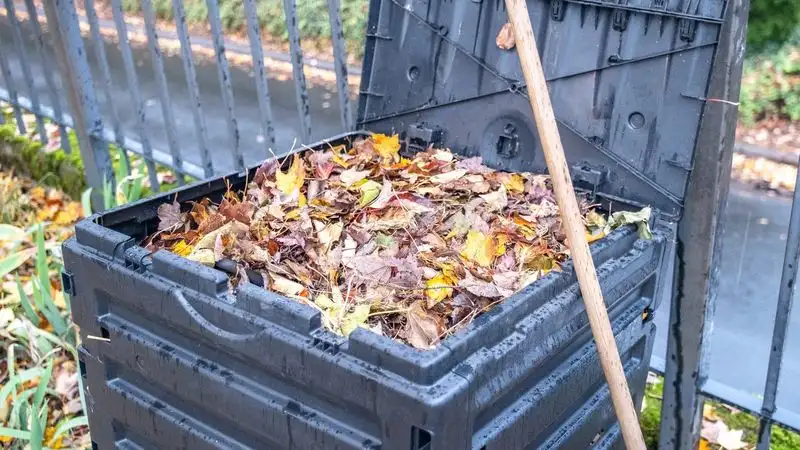
Woody debris is a feast for fungi. Materials such as small branches, twigs, and bark provide a cellulose-rich food source that fungi break down over time. These components introduce complexity to the compost structure.
Incorporating woody debris not only supports fungi but also improves aeration and drainage. This material takes longer to decompose, offering a sustained energy source for the mycelium.
Including woody elements enriches the microbial diversity of your compost pile, supporting a thriving ecosystem that enhances soil quality and plant health.
Avoid Turning Too Often
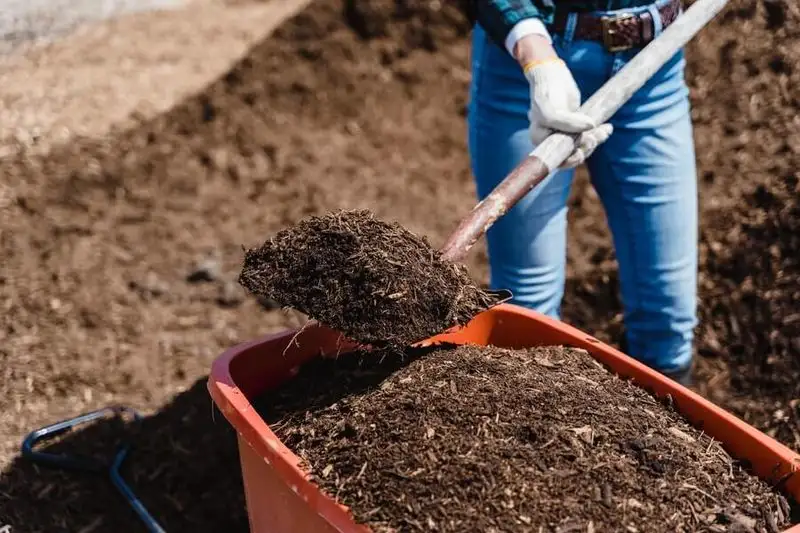
While turning is essential for aeration, overdoing it can disrupt fungal networks. Fungi establish intricate mycelium structures that can be damaged by frequent disturbance. Turn the compost only when necessary to maintain aeration.
Keeping the pile somewhat static benefits fungi, allowing them to spread and colonize the material effectively. This approach contrasts with bacterial composting, where frequent turning is encouraged.
By minimizing disruptions, you foster a stable environment where fungi can transform organic waste into valuable compost, enriching your garden with their unseen work.

